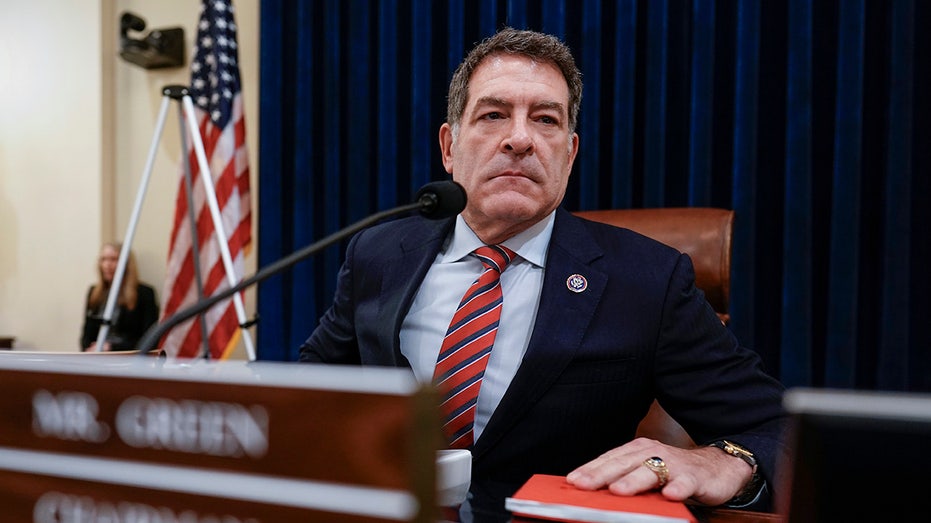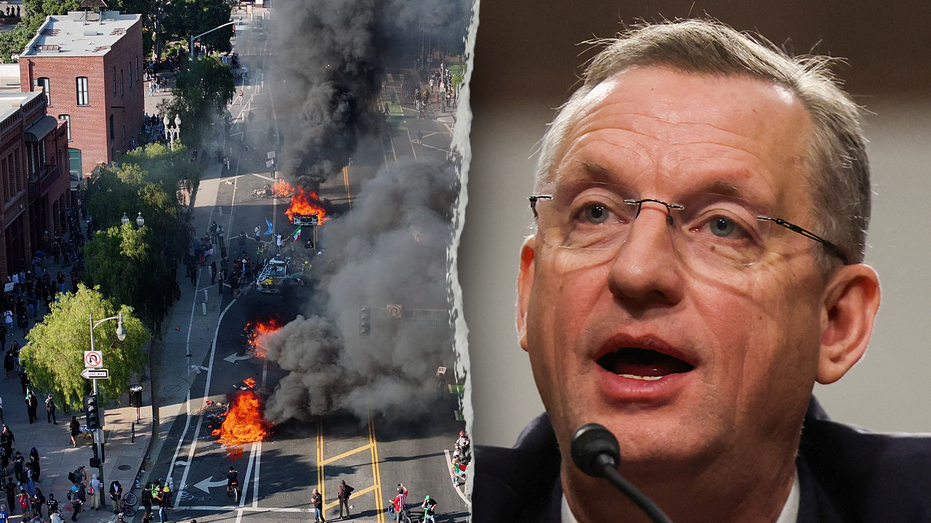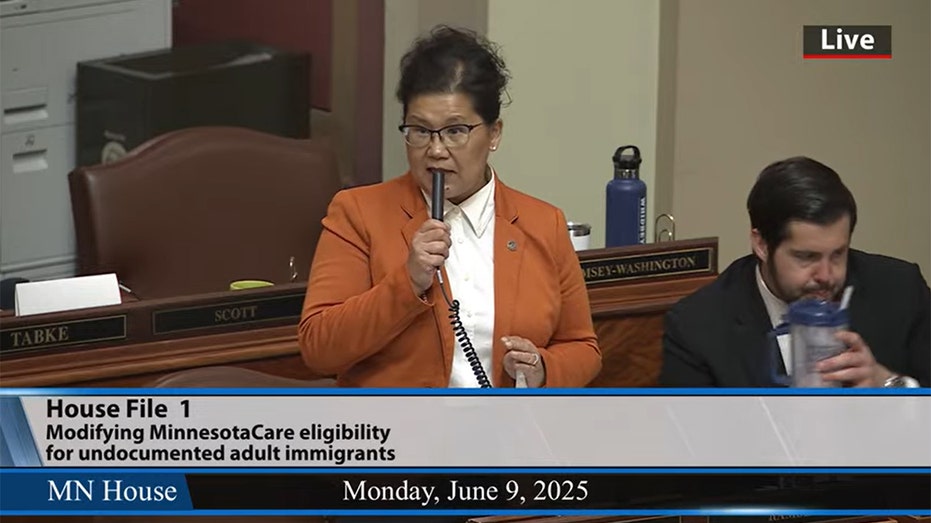Legal Experts Discuss Checks and Balances: Can Congress and Courts Limit Trump's Executive Authority? (Part One)
Experts weigh in on Trump's aggressive use of executive orders and potential implications, as CGTN interviews political and legal scholars.
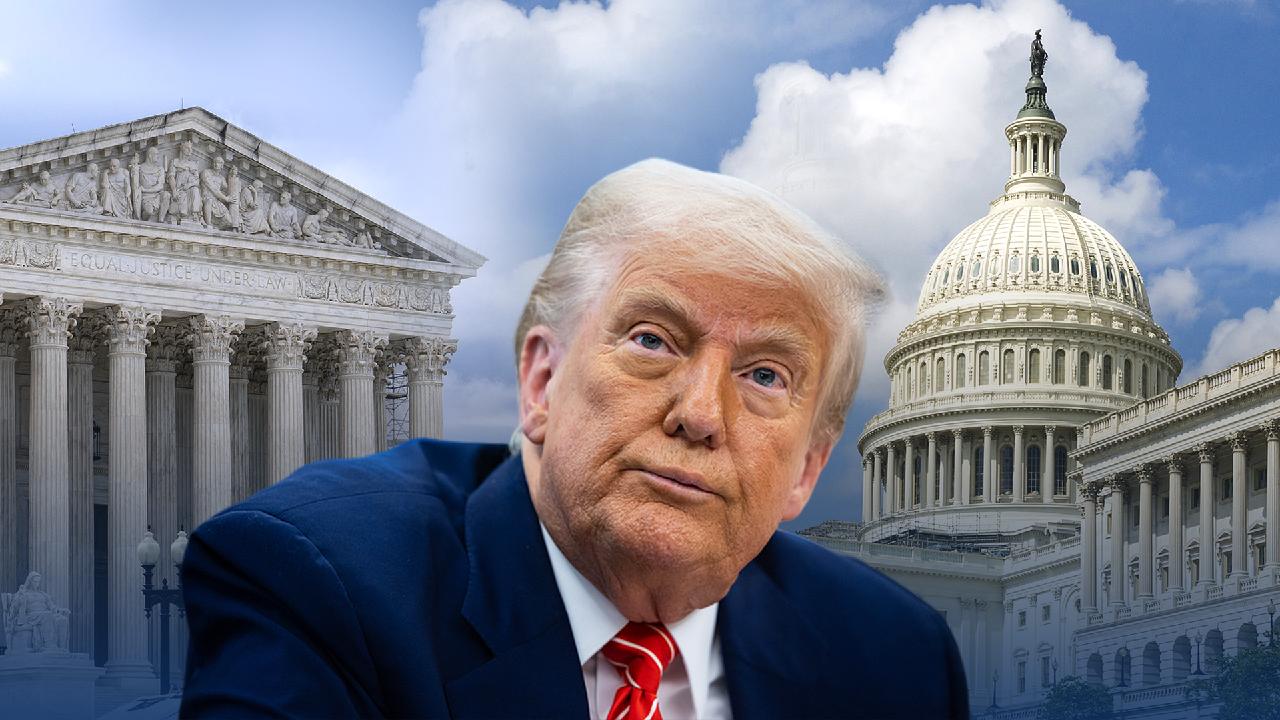
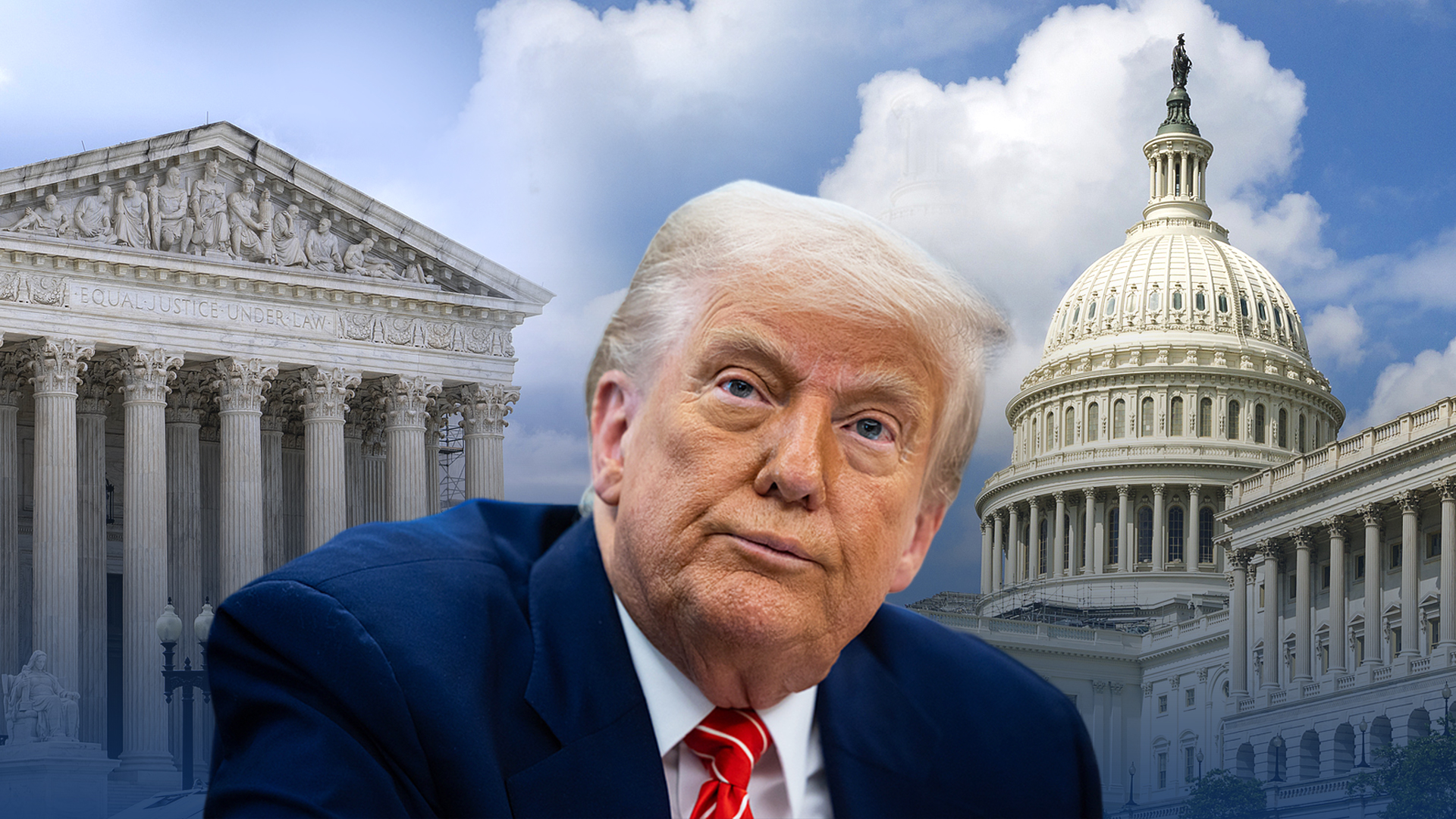
From tariffs to trade, and from birthright citizenship to immigration and border security issues, U.S. President Donald Trump has signed over 150 executive orders in just over four months since his inauguration on January 20, 2025, according to the Federal Register, the official journal of the U.S. government. By comparison, his predecessor, Joe Biden, signed 162 executive orders during his entire four-year presidency.
To make sense of Trump's aggressive use of executive orders and its possible impact, experts in political science and law have weighed in on the evolving role of presidential power in America. According to Professor Mitchel Sollenberger, a political science expert with extensive research on U.S. executive powers, Trump's method of governance is marked by a level of unilateral executive action that is unprecedented in modern U.S. presidential history. David Super, a law and economics professor specializing in administrative and constitutional law, notes that such aggressive use of executive orders could be shifting the United States from its longstanding system of three co-equal branches toward a more dominant executive branch.
Sollenberger explains that although executive orders have existed since the nation's founding—and their legitimacy recognized by Congress and the courts—the manner and frequency with which President Trump has enacted them raises new concerns. "Although executive orders can be controversial, their use has been seen by Congress and the courts to be legitimate," Sollenberger affirms. He adds that simply counting executive orders doesn't capture the whole story, since previous presidents like Franklin Roosevelt and Harry Truman also issued hundreds of orders during their tenure.
"What distinguishes Trump," Sollenberger continues, "is not just the quantity but the context and content of these directives." He points out that past presidents used executive orders mainly within previously established boundaries, sometimes expanding their power in difficult moments but generally seeking congressional input or responding to court challenges. In contrast, Trump has issued executive orders across numerous policy fronts—often aggressively and without traditional checks from Congress or the judiciary. "I don't believe we have seen anything like this in the history of the presidency," he added.
Super concurs, noting that many of Trump's orders have limited legal effect and are instead designed to shape national political debates. "Most of [Trump's executive orders] have little practical effect but rather are efforts to shape the political debate," he observes, citing moves like the executive order on making English the official language—a measure that explicitly states nothing should change in government administration. According to Super, the real impact comes from actions initiated by Trump's subordinates, who often move beyond the scope of the orders themselves.
Despite the mixed practical consequences, both experts warn that this approach fundamentally changes the country’s model of governance. Many of the president’s actions, they stress, appear to contradict laws made by Congress or exceed the executive’s constitutional authority. "This is changing the U.S. from a constitutional system of three co-equal branches of government to a strong presidential system," warns Super.
The unprecedented volume and nature of executive orders has triggered significant legal pushback. Since January 20, the Trump administration has reportedly faced over 200 domestic lawsuits. Sollenberger explains this surge as a direct consequence of the breadth and boldness of the administration’s unilateral actions: "It isn't just that he's issuing executive orders in these areas; it is the way he's doing so, which is to press the outer boundaries of the conventional understanding of the Constitution and law."
One notable example, according to Sollenberger, is the use of the International Emergency Economic Powers Act to impose broad tariffs—a first for any U.S. president. Similarly, Trump's unilateral creation of agencies such as DOGE to cut government spending and eliminate offices has sparked legal challenges. “With such unprecedented and legally questionable actions, it is not surprising we have seen so many lawsuits,” Sollenberger remarks. The surge in cases represents the culmination of decades of expanded presidential powers and reduced congressional oversight, he says, weakening traditional checks and balances set forth by the nation’s founders.
Super adds that administration officials often implement sweeping policy changes without proper legal consultation. This, he notes, has left the courts little option but to intervene despite traditional reluctance to overrule executive actions. The current makeup of the Supreme Court—with a 6-3 conservative majority—has, so far, avoided direct confrontation with the White House, but the future remains uncertain. "We do not yet have a full sense of whether the Supreme Court will attempt to rein in President Trump's unlawful actions, particularly his defiance of court orders," Super says.
As the battle between executive power and institutional checks intensifies, the implications for American democracy remain uncertain. The coming months are likely to test not only the limits of presidential authority but also the resilience of the nation’s foundational principles of governance.

